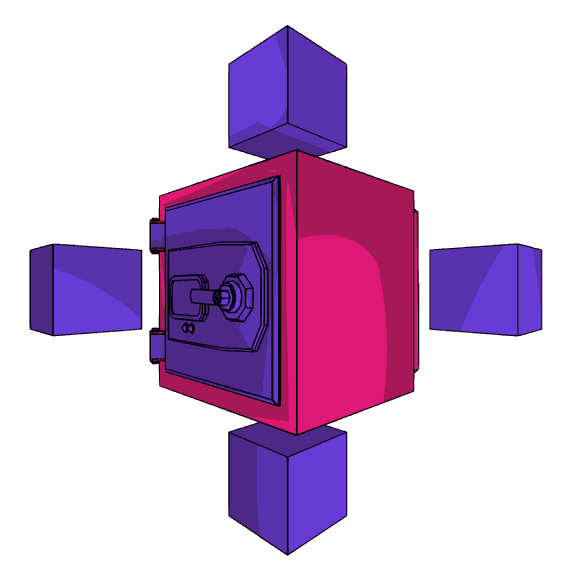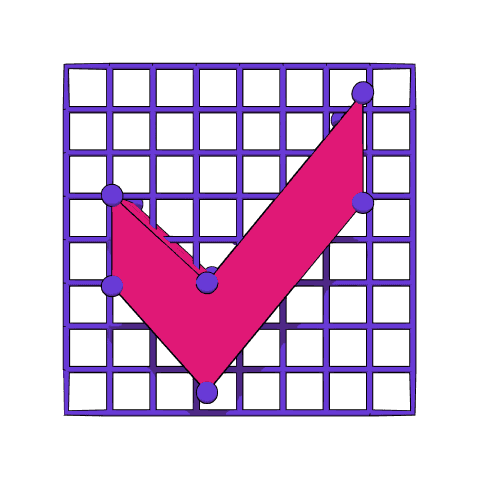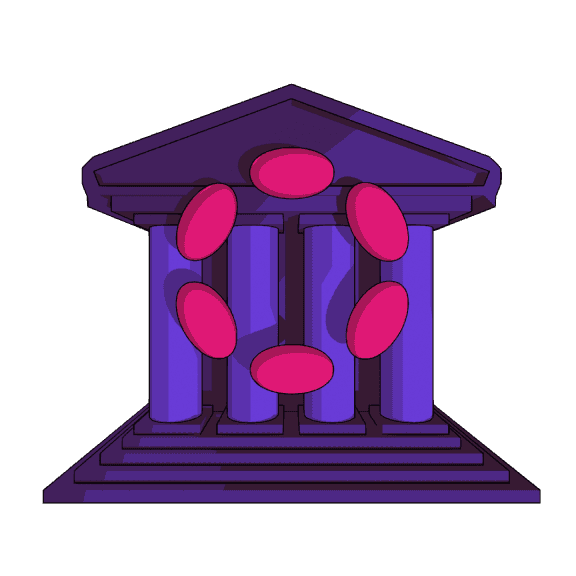
A better security model
In both Proof-of-Work and Proof-of-Stake systems, blockchains compete with each other over resources to secure their networks, and blockchains are easily attacked until they develop a significant community to support their network.
Polkadot takes a different approach by letting blockchains pool their security, which means that the blockchains’ security is aggregated and applied to all.
By connecting to Polkadot, blockchain developers can secure their blockchain from day one.






